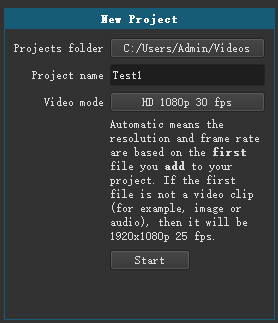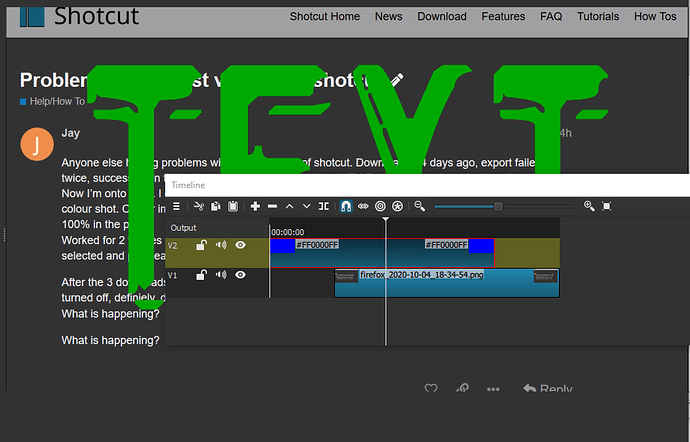
When Exporting, you also select From which source at the top of the tile.

#Shotcut tutorial 2017 update#
To apply to the other instances, you must update or add the video to them. Videos in the Player, Playlist, and Timeline are 3 different instances, and are not connected. When Stabilizing (or any other filter) make sure you’ve properly selected what you want it applied to.When exporting the video, the stabilization filter won’t apply to the output if the frame rate or video size is changed.Once it’s finished analyzing, then tell it to Export. In other words, don’t start an Analyze job, then try to Export as a pending job immediately after. I found that Stabilize won’t “kick in” until you click or fumble with ShotCut somehow.Lossy vs Lossless didn’t seem to correct this, nor did any combination of Stabilization settings. Big stabilization movements seem to correct in sets of 2 frames instead of every frame (or the average of many frames) across the sample, resulting in jitteriness. In my very dynamic sports video with a GoPro on a selfie stick, the Stabilize feature helped tremendously, tho the algorithm still needs improvement. I also took the same approach with Zoom and Smoothing to determine their effects and preferred settings. Then Render/Export the whole project to have them play smoothly side-by-side and analyze the movements frame-by-frame. To compare the scale of Shakiness vs Accuracy, I rendered the same video 4 times with low and high settings for each (low-low, high-low, low-high, high-high) then made a single video with each version in its own video track and displaying them in the 4 corners using the Size and Position filter (like 4 Picture-in-Pictures). I suggest max shakiness, max accuracy, zoom around 0%, and adjust your smoothness for how much you want the video to be stabilized. If you prefer to not see any corrections along the edge and want to keep almost the entire outer frame, then set Zoom=0 and Smoothing to less than 5, but don’t expect much stabilization.īy setting the Zoom out the maximum of -50% and the smoothness around 30, I was able to get a good perspective of how hard its working and what it’s doing. I suggest between 10 to 30, depending how tolerant you are if the moving original border becomes visible in your output. Without allowing some Smoothing, Stabilize isn’t able to do its job. It also zooms in, which I guess is to hide the shifting frame borders. Smoothing is how much the frames are allowed to move around from center to stabilize the image (this can be seen when Zoom is negative).And if you do want to zoom in, I’d rather do it with Smoothing. If the whole input frame matters, I wouldn’t set it above 0%. Zoom is the relative size of the output frame compared to the input frame.

I found Accuracy to be more effective at stabilizing the video than Shakiness, tho there seemed no downside to maximizing both.


The higher the setting, the more it does what is described. After rendering a video project countless times with low & high settings of each scale, then closely studying the results, this is what I believe each setting does.


 0 kommentar(er)
0 kommentar(er)
